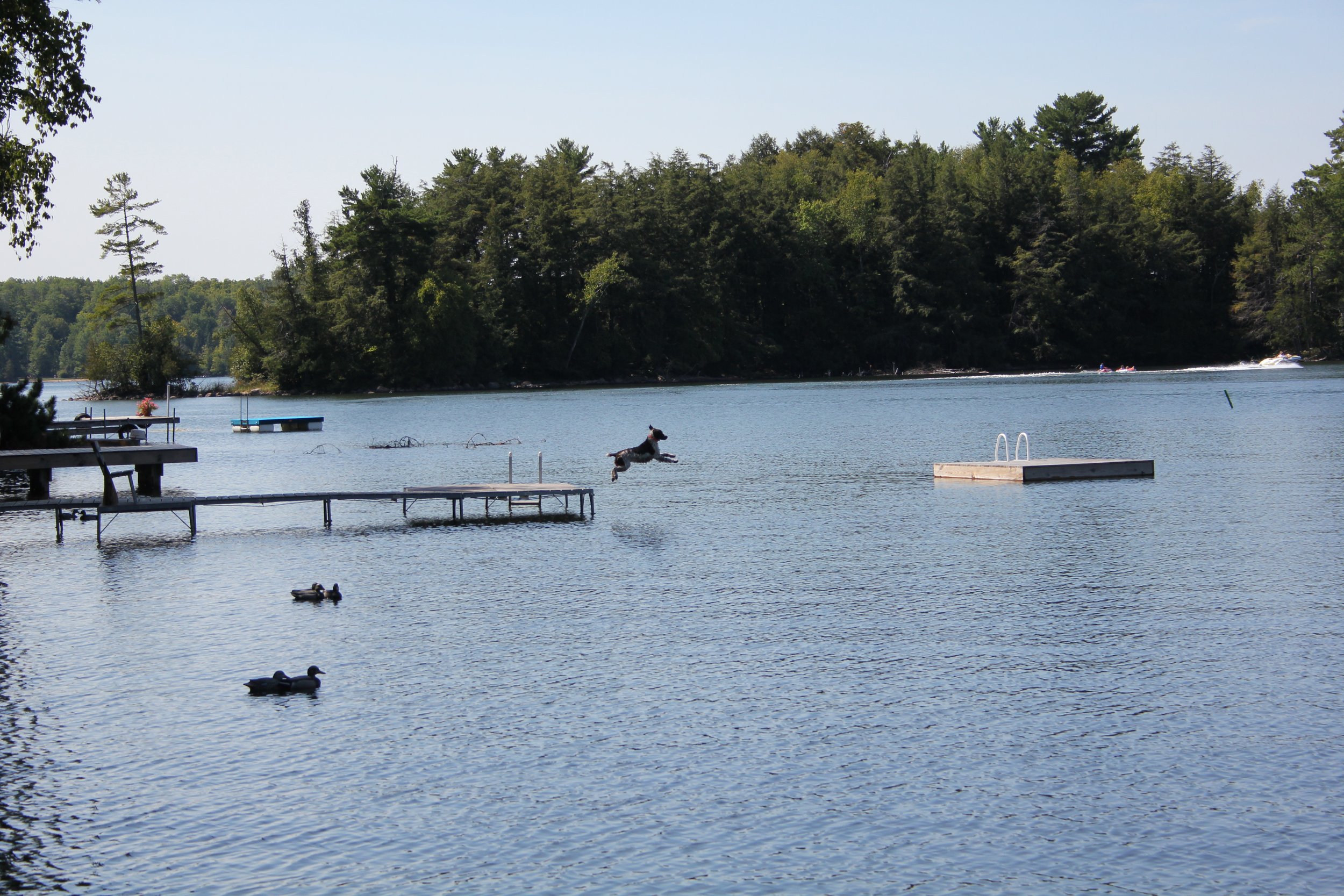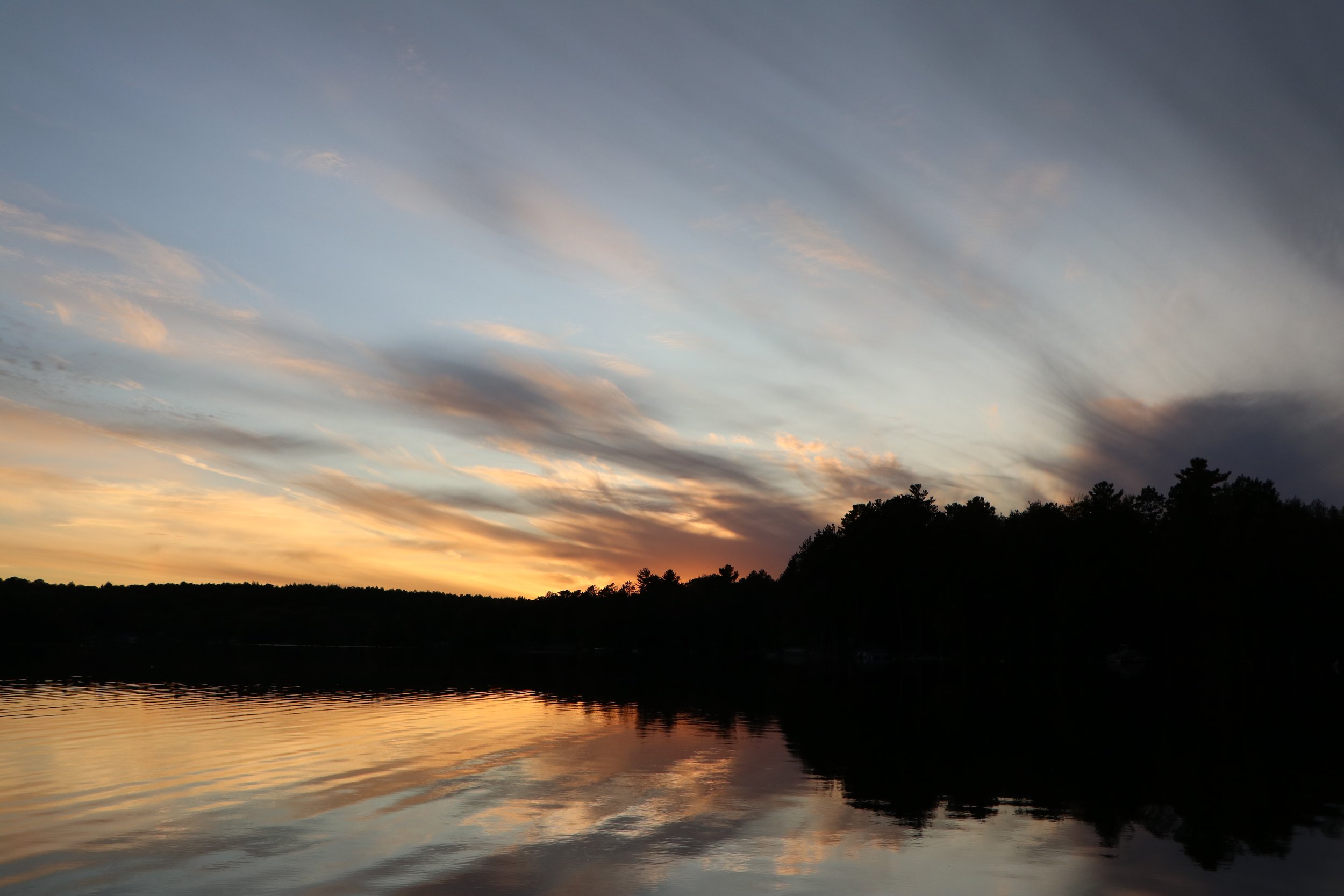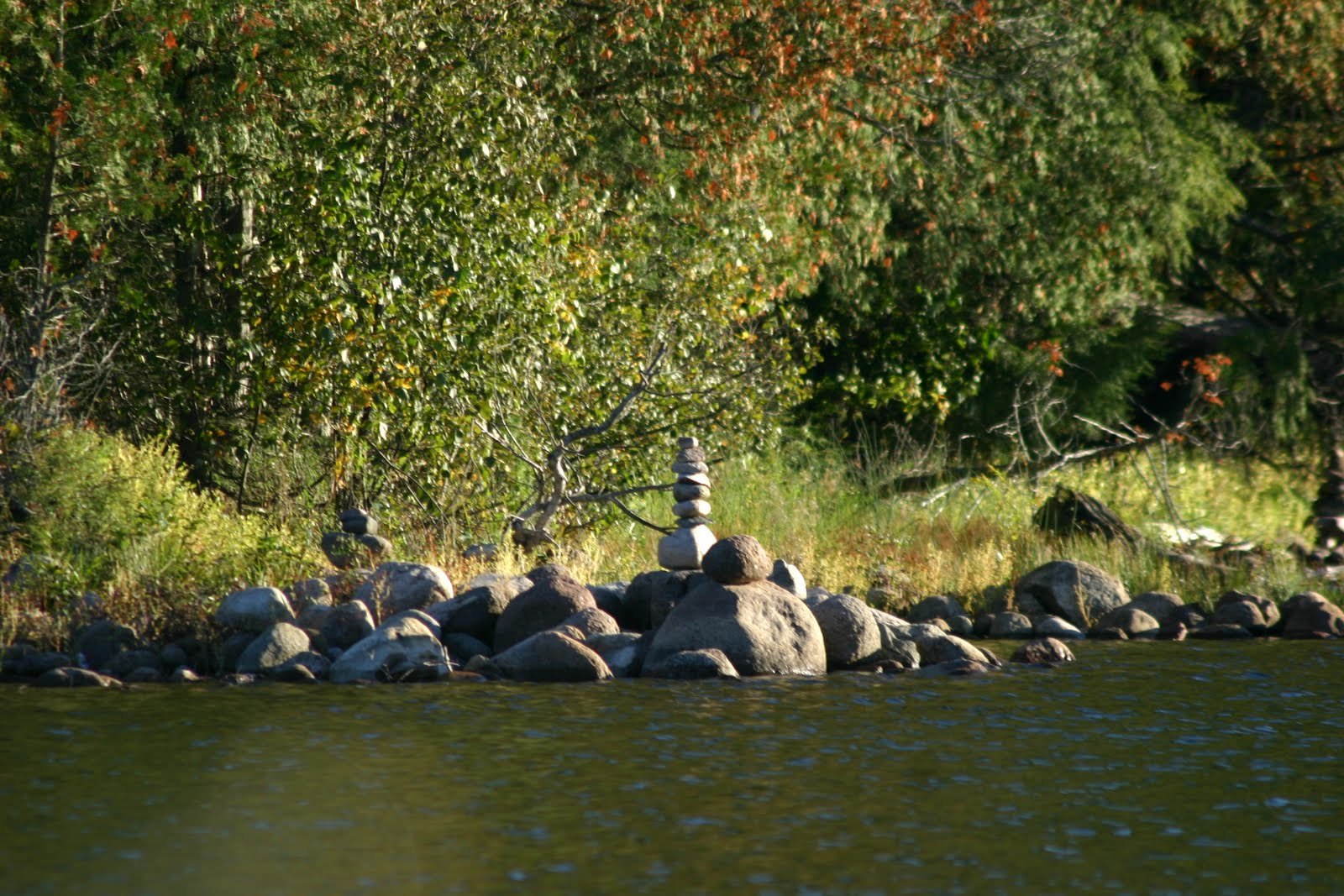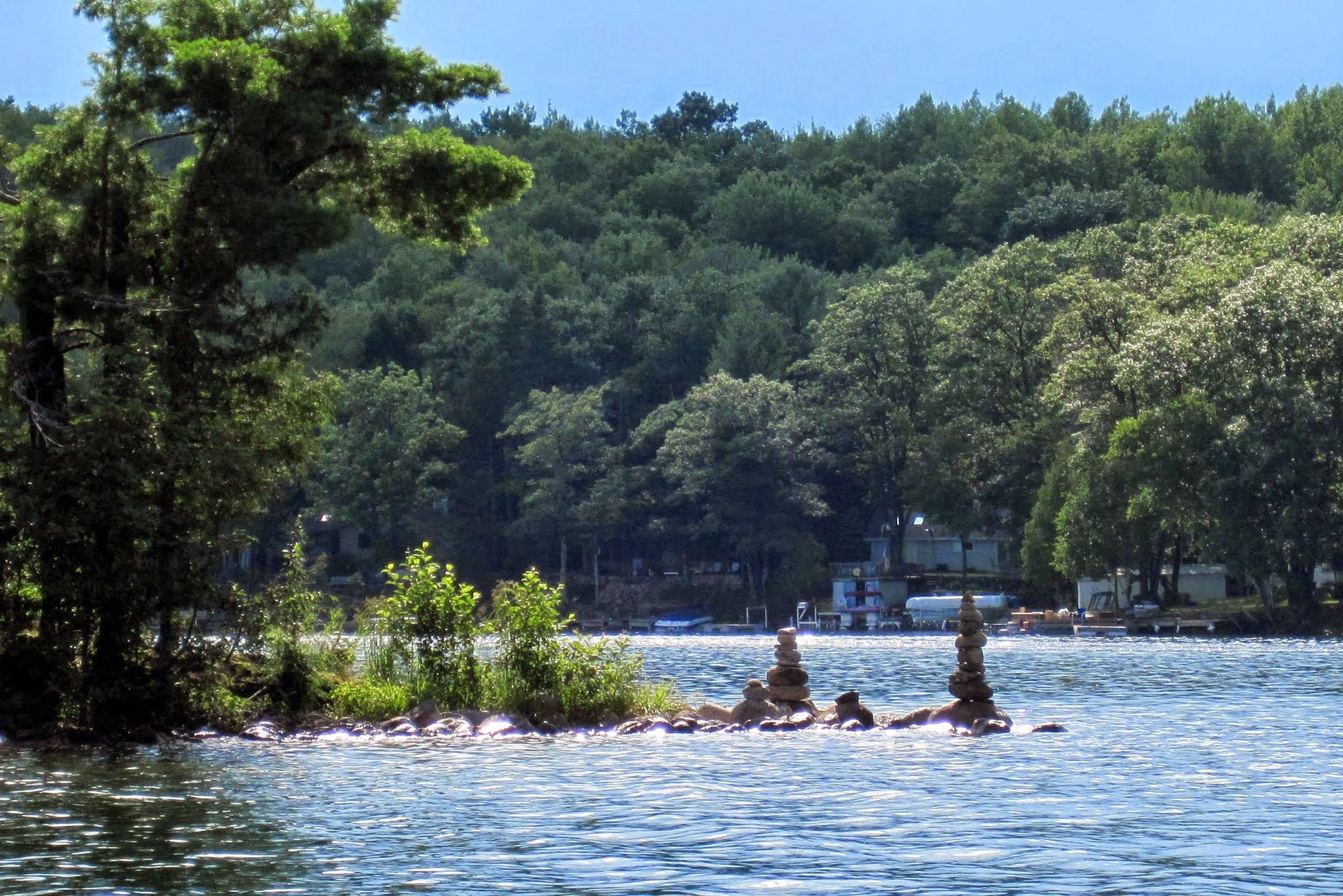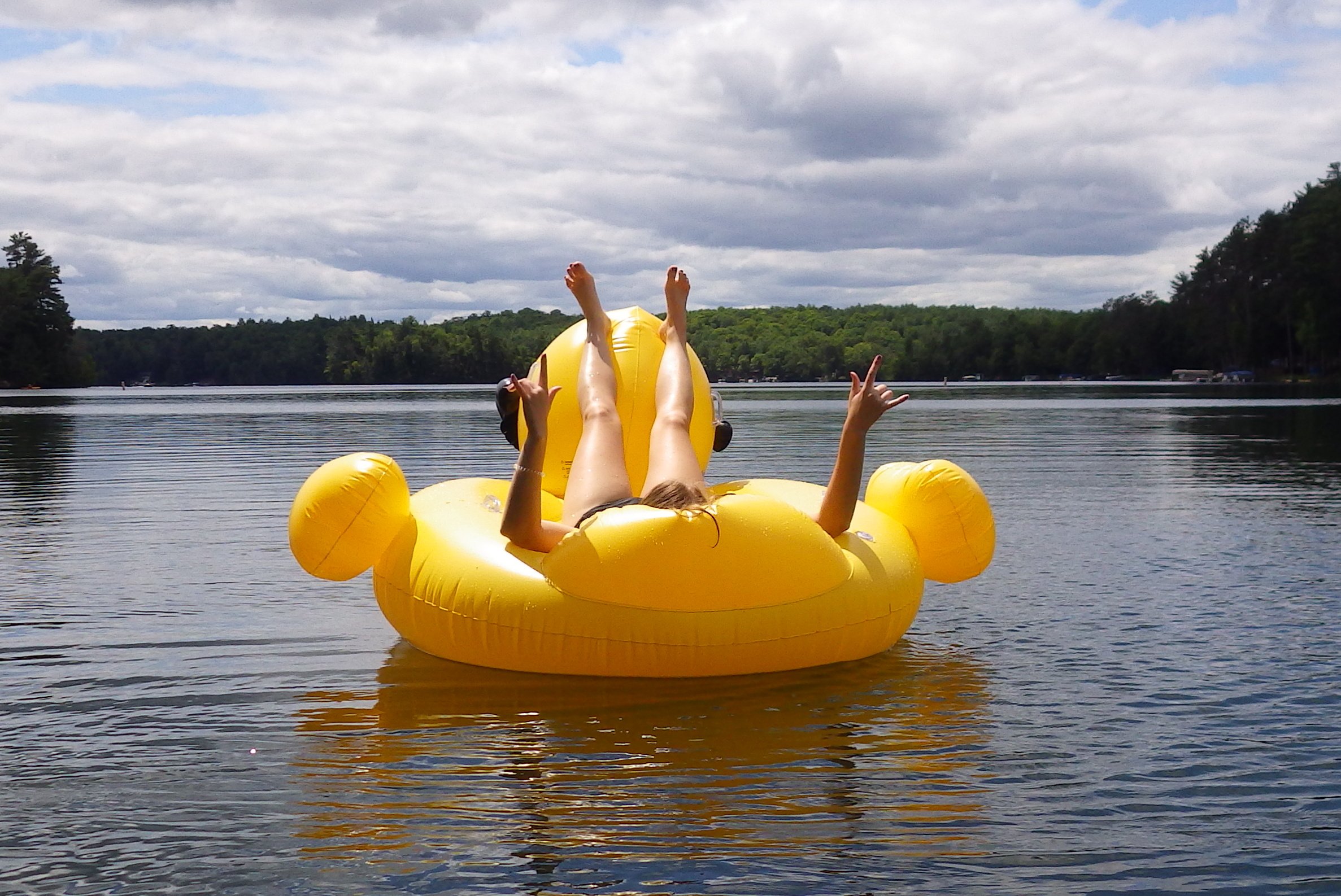Invasive Species Management
Under compliance with the NR 40 - Invasive Species Rule, WLA partners with the Wisconsin Department of Natural Resources (DNR) and the FLOW Counties coordinator to monitor and mitigate Aquatic Invasive Species (AIS). To do your part, please take regular notice of AIS training sessions, Oconto County Lakes and Waterways Association (OCLAWA) meetings, and the annual Snapshot Day to learn about and identify AIS. Here is a great link about identifying, controlling, and reporting invasive species: Invasives | Wisconsin DNR
Wheeler Lake has two documented invasive species, Eurasian Watermilfoil and Chinese Mystery Snail. We are mitigating an ongoing infestation of Eurasian watermilfoil and are working to prevent the introduction of Zebra mussels. Click this link to see what other invasive species inhabit Wisconsin Lakes … maybe even the ones you like to travel to and from.
If you want to learn more about the complete list of prohibited and regulated invasive species in Wisconsin, check out this link. For interest in Wheeler’s invasive species, check out these images: (edit: still need to add the pages
What WLA has done
Since the discovery of Eurasian Watermilfoil in 2006, the WLA has employed chemical treatments, contracted hand-pulling, and DASH treatments. Through grants and membership dues, we are able to fund our AIS Managment Plan.
Managment Timeline
2006 - EWM first detected
Chemically treated 2 acres with Navigate
2007 - 2014
Chemically treated with Navigate
2007
WI DNR conducted a Lake Plant Survey
2013
WI DNR conducts Lake AIS Survey
2015-2017
Contracted handpulling w/ Aquatic Plant Management (APM)
2018
Contracted DASH treatment w/ APM
2019-2022
ProcellaCOR chemical treatment and APM hand pull treatment
2021
Comprehensive Lake Managment Plan is updated
2024
APM Dash & ProcellaCOR chemical treatment
Grants
EWM detected - 2006
WLA received WDNR Early Detection $10,000 Grant
2010
WLA received WDNR AIS Control $15,000 Grant
2019
WLA received $7,000 grant from Oconto County Healthy Waters Program
2023
WLA received a $50,000 grant as an AIS Small Scale Population Control Project
2024
WLA received a Clean Boats Clean Waters $4,000 grant
for a different page!!!!
Chinese Mystery Snails (Cipangopaludina chinensis Reeve)
Chinese mystery snails are non-native (different than invasive) snails that have been identified in many Wisconsin Lakes, Wheeler included. They originated from Eastern Asia and were brought to America as a food source and as filter feeders.
There is not a lot yet known about these species, especially their effects on ecosystems. The mystery snail has a thick shell, a right-opening shell, and hard operculum (a trap door cover which protects the soft flesh inside) (Wisconsin DNR). Please note that the operculum is gone when the snail is dead and/or the shell is empty. These qualities make them less likely to be eaten by predators and more resistant to chemical treatments since their trap door cover prevents exposure.
They prefer silty and mucky habitats in which they consume dead organic matter (OM). This in turn makes them difficult to remove. The best way to remove them is to dispose of them if they wash up on your shore.
Some publications:
Adult Chinese Mystery Snail
Juvenile Chinese Mystery Snails
Example of the operculum
Be on the lookout: Banded Mystery Snails(Vivaparus georgianus)
These non-native snails originated from the southeastern United States and are commonly sold in the aquarium trade. Like the Chinese Mystery Snails, they prefer the sandy/mucky bottom of lakes and slow-moving streams where they can filter feed on dead OM.
Banded Mystery Snails have a shell opening on the right when pointed upright, 4 reddish bands on their shell, and a hard operculum (please note that the operculum is gone when the snail is dead and/or the shell is empty).

